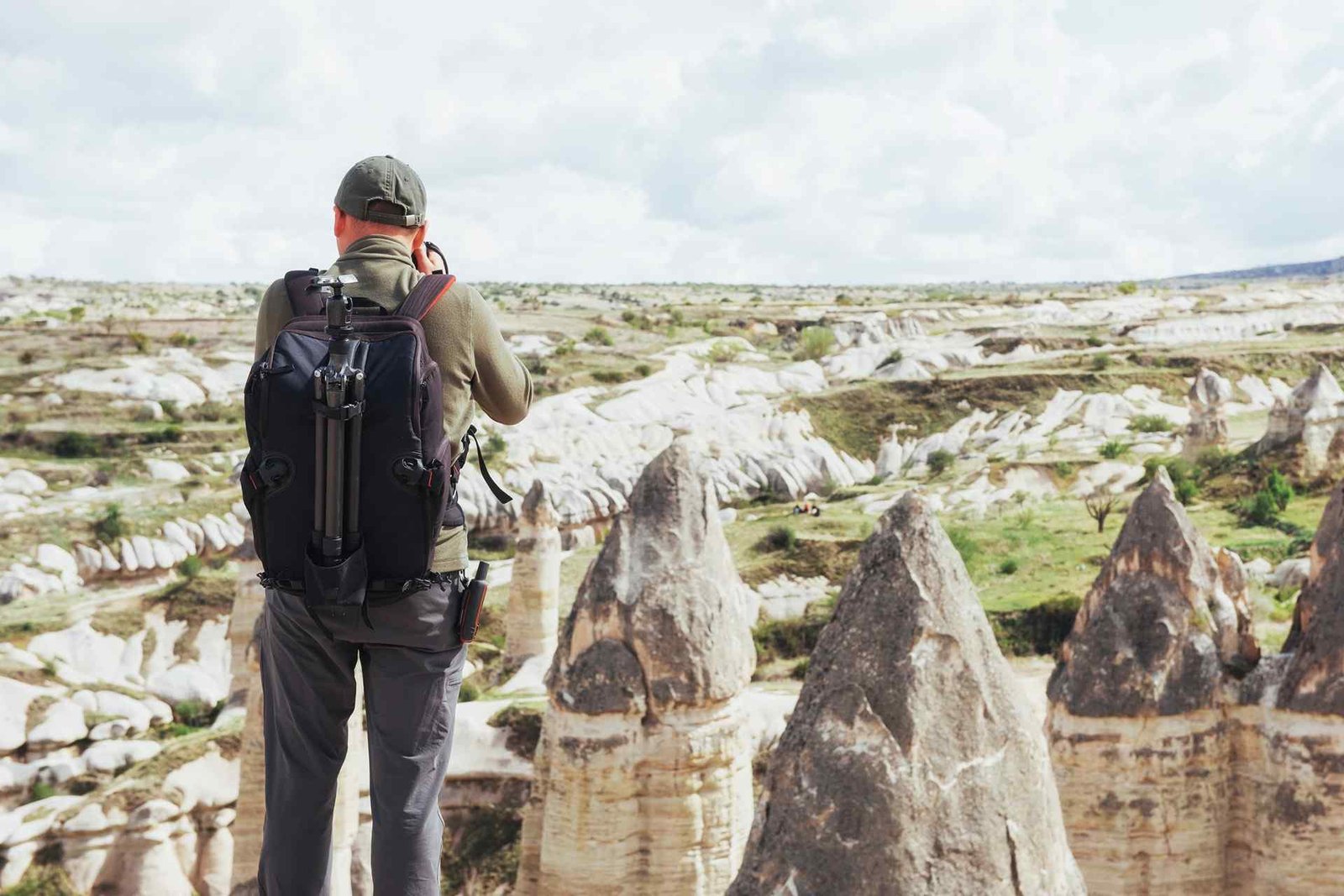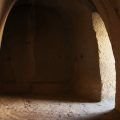Cappadocia is a region in central Turkey famous for its unique rock formations called fairy chimneys. These tall and slender spires, which can reach up to 40 meters in height, have become an icon of the region and attract visitors from all over the world. But how were these fascinating formations created?
The Formation Process
The fairy chimneys were formed over millions of years through a combination of volcanic activity, erosion, and climate change. The Cappadocia region was once covered by a shallow sea, and the rocks were formed from layers of volcanic ash and lava that were deposited over time. The volcanic rocks in Cappadocia are called tuff and are relatively soft and porous.
Over time, the climate changed, and the region became more arid. The once-dense volcanic ash layer was exposed to erosion from wind and rain, and the softer parts were eroded faster, leaving behind the harder rocks. As the erosion continued, the fairy chimneys began to take shape. The cone-shaped rock formations with their distinctive caps were formed from the harder top layer of rock that protected the softer layers below.
Human Influence
The fairy chimneys in Cappadocia have been inhabited by humans for thousands of years. In fact, some of the formations have been hollowed out and used as homes, churches, and even entire underground cities. The ancient inhabitants of Cappadocia recognized the unique properties of the tuff rock and used it to their advantage, creating entire settlements underground.
Today, many of these underground cities are open to visitors and offer a glimpse into the fascinating history of the region. The Derinkuyu underground city, for example, is eight levels deep and could once house up to 20,000 people. The fairy chimneys themselves are also a popular attraction, and visitors can explore them on foot or by hot air balloon.
Conclusion
The fairy chimneys of Cappadocia are a unique and fascinating natural wonder that has captured the imagination of people for centuries. From their formation over millions of years to their use by ancient civilizations, these rock formations have a rich and varied history. Today, they continue to be a popular attraction in Cappadocia and are a must-see for any visitor to the region.




